There is something special about floats. It’s one of the most common items you will find in any angler’s tackle box. And even if a few anglers don’t use it, they all love to collect floats. Apart from their appealing style, each float is designed for a specific purpose. But getting the right float for the fishing conditions at hand can be an overwhelming decision for anglers. What’s more critical is that choosing the right float can make all the difference between a great fishing day and a frustrating one.
If you are a beginner angler looking for fishing floats, this post is for you.
Here I will share a few facts about fishing floats that will significantly reduce your confusion about selecting the right one for your fishing day. Moreover, I explain the specifications of several types of fishing floats so you can get the best one for yourself.
So let’s delve deep into different types of fishing floats. You can also find our article about the different types of fishing bobbers quite interesting.
How to Choose a Fishing Float?
A fishing float is one of the most commonly found items in any angler’s tackle box. While most anglers may feel it’s old school, I think otherwise. A fishing float is still one of the most relevant tools to make or break your fishing day. But choosing the correct float for the conditions at hand can be one of the tricky decisions that an angler needs to make. Before we get into how you can choose a fishing float, you need to understand a few facts.
Let’s first understand that a fishing float is used to suspend a bait at a specific level in the water, which also signals that a fish is taking the bait. Moreover, a fishing float can also add weight which helps in increasing the casting distance. It’s important to understand this purpose as it helps you understand how a float will best meet your needs on a particular fishing day with specific water conditions. With a few basic facts in mind, you can significantly reduce your confusion about selecting a fishing float that best meets the needs of your fishing day. Now that looks at some of the factors that are critical as you choose a fishing float.
Types of Fishing Floats
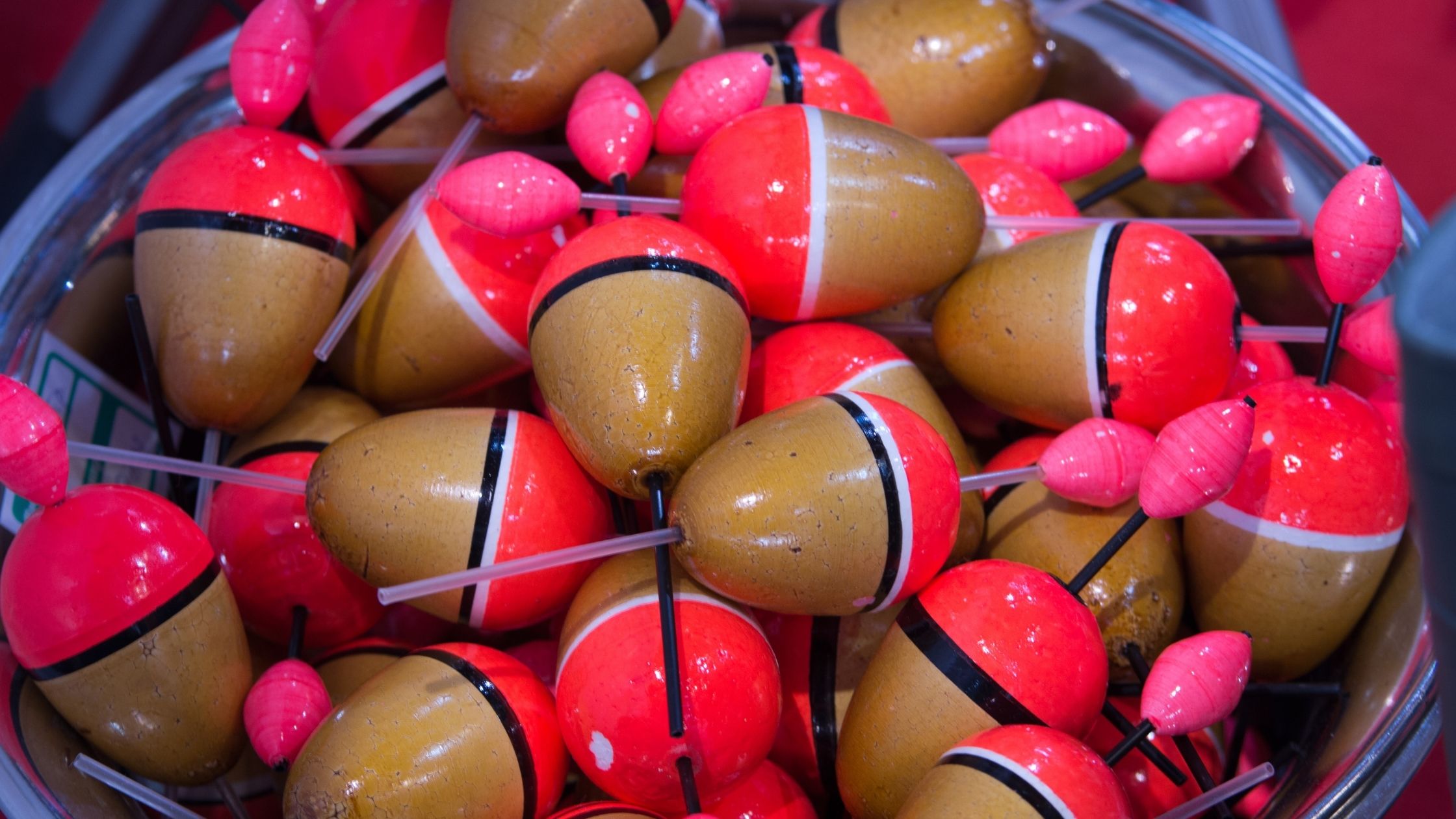
In simple terms, all types of fishing floats can be divided into two categories; fixed fishing floats and slip fishing floats.
Fixed floats are the ones that are connected to the line. Moreover, they stay in that position on the line. Fixed floats are better for shallow water. On the other hand, slip floats are the ones that slide up and down on the line, which makes them perfect for deeper water.
Technically, slip floats are more versatile as they allow you to tie a stop 20 to 30 feet farther along your line. Moreover, slip floats cast freely and allow the bait to suspend at just about any depth of water. On the other hand, fixed floats have a limit to the depth at which you can fish (which is usually around the length of your fishing rod).
While the type of fishing float is an important consideration (and there’s a detailed section on different types of fishing floats below) for choosing a fishing float, there are a few more things that you should look at.
Size and Buoyancy
Apart from the type, another most important factor in choosing a fishing float is the size and buoyancy. With a large float, the fish experiences more resistance as it tries to take the bait, so there are more chances that the fish will drop the bait. Moreover, the higher resistance could also inhibit the float from going down when the fish strikes it. In all, it means that with a float that is too large, there is a risk that you will miss the catch.
On the other hand, if the float is too small, there is a risk that it may not stay afloat. As a result, you can miss the catch.
The Profile of a Fishing Float
The profile of the fishing float is also one of the most factors as it affects the resistance of the float. A fishing float that is too slender can be pulled down quickly compared to a broader float. Moreover, a slim float is also more sensitive to a lighter catch.
The Material of the Fishing Float
When choosing a fishing float for your tackle box, you must give enough consideration to the material of the fishing float. While glass fishing floats were a popular choice a long time ago, you can find fishing floats made from various materials, including cork, plastic, Styrofoam and balsa wood, nowadays. Each material has its pros and cons, so you need to be aware of them before choosing one for yourself.
Water Conditions
As you choose a fishing float, you must also keep in mind the water conditions. For fishing in windy conditions, you are likely to need to more giant float. That’s because, during windy water, you are more likely to experience stronger water currents.
On the other hand, if the water is calm, a slender or a smaller float is perfect as it reduces the chances of frightening the potential catch.
The Weight of the Fishing Float
The weight of the fishing float doesn’t always depend on the size and buoyance of the fishing float. Therefore, you must also keep in mind the weight of the fishing float as you choose one for yourself. It’s best to go for a heavier fishing float when casting for distance.
In All
With all these key considerations in mind, you will likely end up with a decent fishing float for your tackle box. Along with these facts in mind, it’s always a good idea to experiment before you begin fishing. Make sure you check how various floats behave in water. Don’t forget to bait your hook and secure any weight (or split shot) to evaluate the performance of the float. Ideally, only the colored top section of the fishing float should stay above the water. With these minor details in mind, you are on your way to become an expert in selecting a fishing float and enjoy more catch on your fishing day.
Types of Fishing Floats
As mentioned earlier, there are two broad categories of fishing floats; however, these two broad categories can be divided into several different types of fishing floats. Let’s take a closer look at each of the specific types of fishing floats.
The Waggler Float
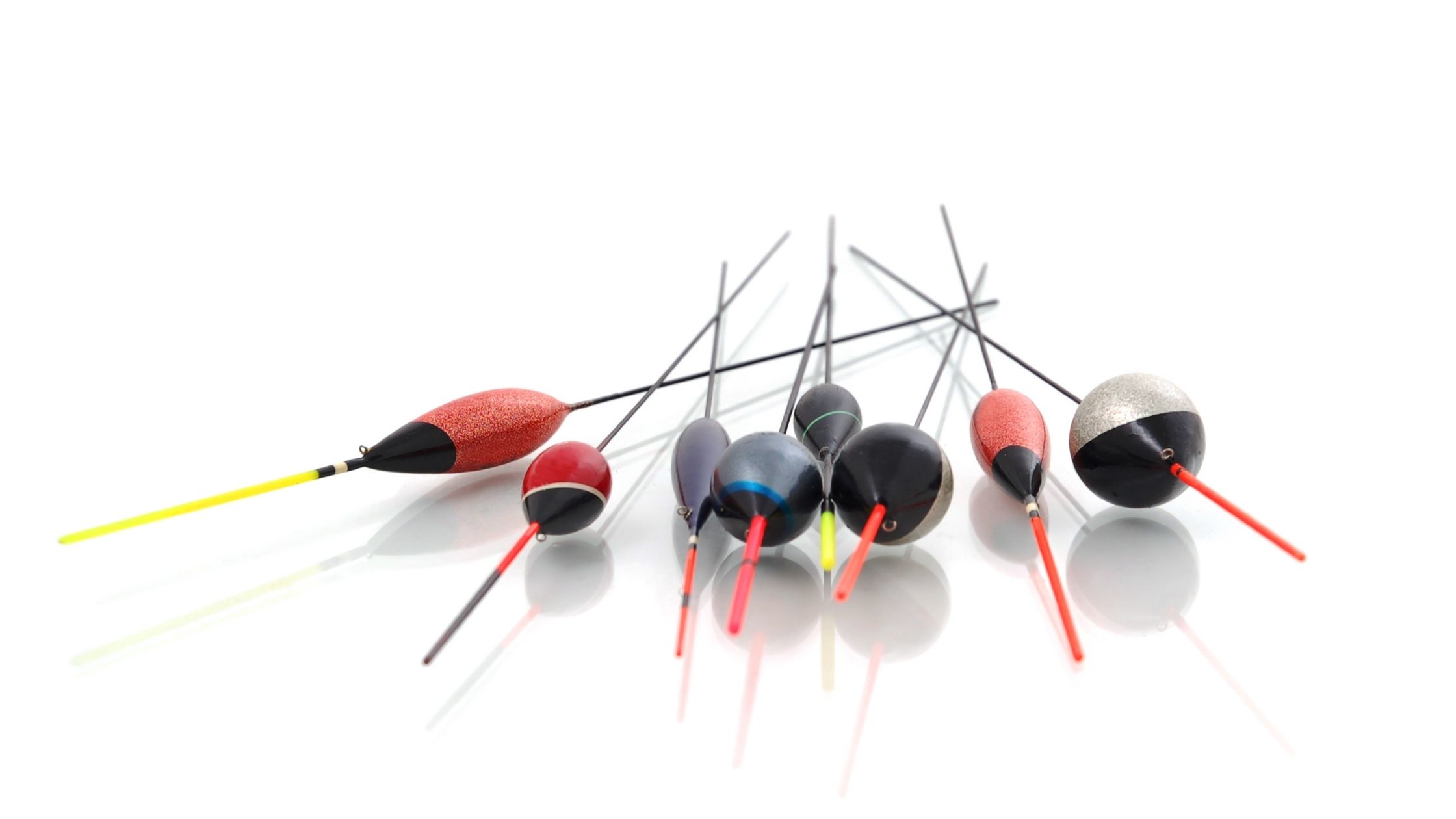
The waggler is one of the most commonly used fishing floats as they are great for fishing in both still as well as running water. The term is used for any float that can be attached at the bottom of the line.
There are two main types of wagglers that include the straight wagglers and bodied wagglers, which are also known as insert wagglers.
The straight waggler is a tube-like float that is usually made using clear plastic. On the other hand, a bodied/insert waggler, is similar to the straight waggler; however, it has a bulbous body that helps maintain the float’s steadiness during breezy conditions. With a waggler float, there are several ways of shotting afloat, which is primarily the order in which you attach the weight on to your fishing line.
Waggler General Shotting
For general fishing, the waggler float is connected to the line at the base of the float through the eye, and split shot (or weight) is used to secure it. For general fishing using waggler float, the standard is to attach 80% of the weight around the float, and the rest of the weight is attached 2/3rd from down the line.
Waggler Mass Shotting
At times you may be fishing close in, but there is a much larger catch deep in the water. That’s when you should attach the weight close to the bottom of the line. With mass shotting, you allow the lure to drop through the water quickly so you can get past the little fish floating on top of the water.
Waggler Shirt Button Style
Another shotting pattern is the ‘shirt button’ style, where you evenly spread the shot throughout the line, which allows the bait to fall through the water naturally.
The Stick Float

The stick floats are used for fishing in flowing water such as rivers. This type of float has a tapered body that is attached to the line through float rubbers which makes it easier to adjust the position of the float on the line.
The stick float is used in a down-stream direction. Since the current on the top of the water will be faster than the currents near the bed; therefore, you should hold the float back for a moment or two following casting. This will allow the line and hook to fall through the water, ahead of the float.
To make sure that the hook is in front of the float, it’s best to hold the float every now and then. You can also continue to catch at the same speed as the flowing water and this is known as trotting. For trotting, it’s best to go for a fairly large float.
Again, there are several shotting patterns when you use a stick float. The shotting pattern primarily depends on the water conditions in which you are fishing.
Stick Float General Shotting
The general shotting pattern allows the weight to spread out with the heaviest weight right under the float and progressively smaller weights towards the hook.
Stick Float Shirt Button Style Shotting
Similar to the shirt buttons, the weight is evenly spread out down the line between the float and the hook.
Stick Float Bulk Shotting
Bulk shotting is all about placing most of the weight down the line which helps fishing, especially in faster water.
The Pole Float
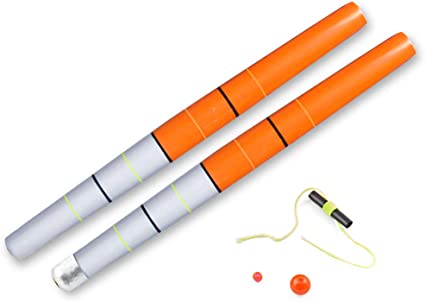
Another type of fishing float is known as the pole float, and like with wagglers and stick floats; pole floats also come in a variety of shapes and sizes. Pole floats can be categorized as follows.
Dibber Pole Float
Dibber is the smallest of pole floats and is perfect for fishing a bait in shallow water. They are also great for fishing the margins, island and the bank of a canal. Since it is a smaller float, it is buoyant enough to allow you to fish big baits from the bottom of the water. Moreover, it has a big tip which makes it a lot more visible than a float with a fine tip. Similar to waggler and stick floats, you can decide on a shotting pattern that best serves your needs.
Body up Pole Float
Another type of pole float is body-up float and it is perhaps one of the most commonly used pole floats. The main reason for its popularity is its unique shape which makes it quite a buoyant float that can be used with all baits. Moreover, it is also ideal to be used on running water.
The shotting pattern for a body-up pole is usually the bulk shotting which places the majority of the weight down the line towards the hook.
Pear-Shaped Pole Float
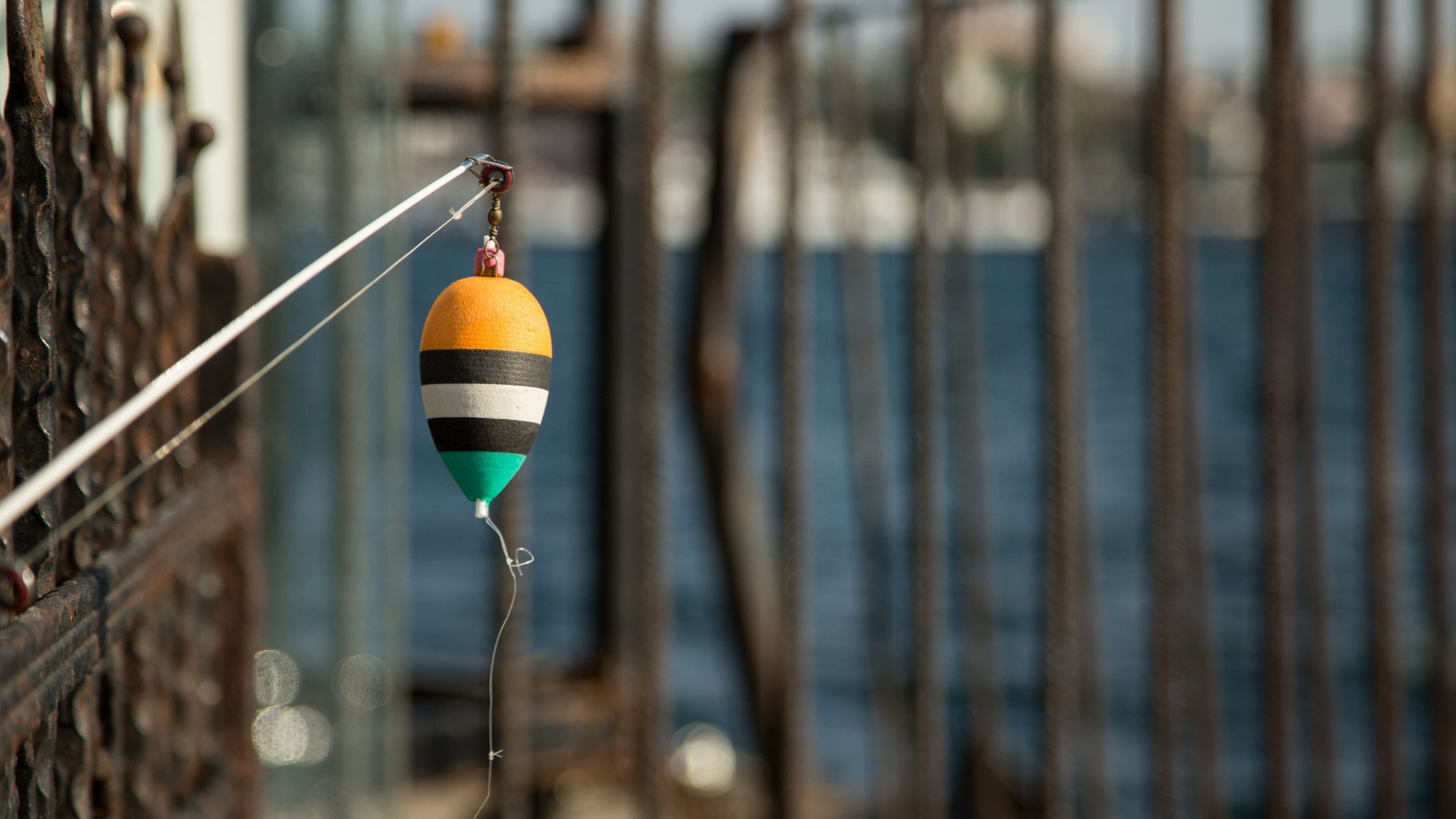
As the name suggests, this type of pole float closely resembles a pear shape. You can find two types of pear-shaped pole floats. While the two are similar in shape, a thicker version is used for commercial fishing, and a thinner version can be used on a casual fishing day.
The shotting pattern is again bulk shotting, which requires you to place more weight down the line.
Pellet Waggler Pole Floats
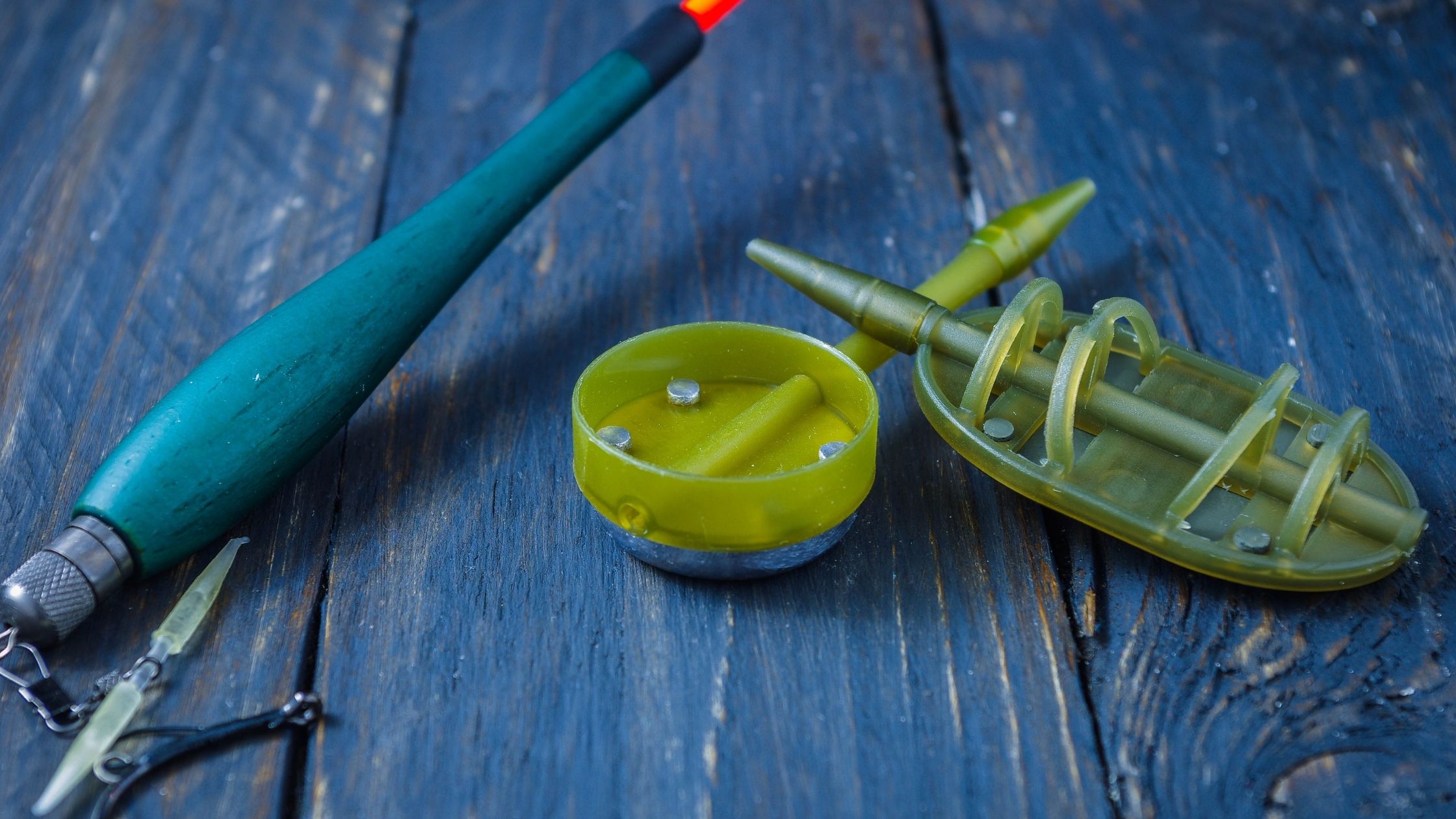
A pellet waggler is a thick and short float that is ideal when you need to catch the fish near the surface of the water. Pellet waggler floats are usually made from high-density foam or balsa wood that allows the float to be super buoyant.
Final Thoughts on Types of Fishing Floats
And this brings me towards the end of this buying guide. With the information on different types of floats and how you can choose one for yourself, I am sure, you can now make a confident choice of fishing float and make the most of your fishing day!
Shop Floats Now


